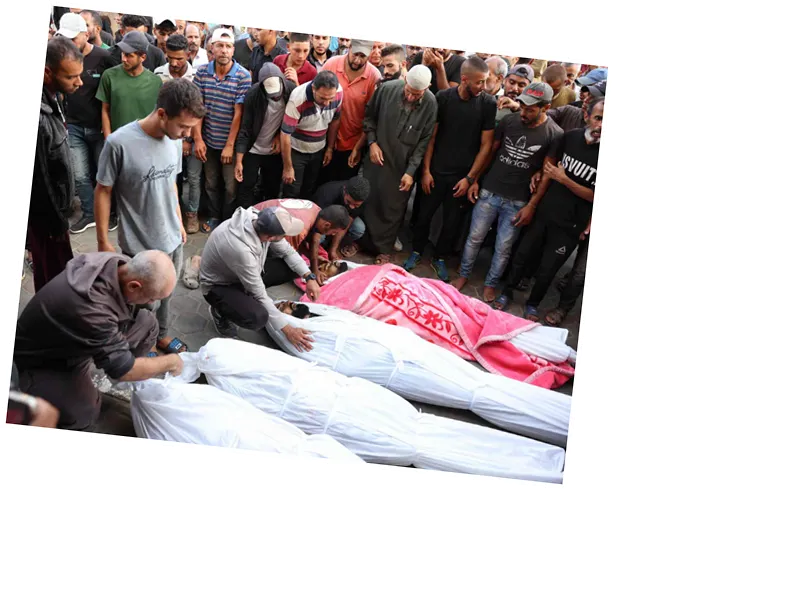The resistance's adaptation to urban warfare highlights the complexities of military engagements in densely populated areas.
The political implications of the Israeli military's actions suggest a strategy focused on demographic changes rather than purely military gains.
The ongoing conflict in Jabalia reflects a broader struggle that combines military, political, and social dimensions.
The Israeli military may face increasing challenges in urban combat as resistance tactics evolve and adapt to counter their strategies.
Continued military operations in Gaza could lead to further civilian displacements and humanitarian crises, complicating peace efforts.
The resilience of the resistance may inspire similar movements in other conflict zones, potentially escalating tensions in the region.
Military expert Major General Mohammed Al-Samadi has highlighted a significant shift in the tactics employed by the resistance in Gaza, particularly in the Jabalia camp. He noted that the Al-Qassam Brigades, Hamas's military wing, are effectively using the rubble of destroyed buildings as cover, which allows them to engage in ground battles against Israeli forces more strategically. The Israeli military's reliance on tanks in urban warfare is problematic, as they are ill-suited for such environments, leading to increased risks for Israeli soldiers. Al-Samadi emphasized that the current Israeli operations are politically motivated and aim to displace residents rather than achieve military objectives. He also mentioned that despite the ongoing military operations, resistance activities have not diminished, showcasing the resilience and adaptability of Palestinian factions. The Israeli army has deployed additional brigades to the area, but the resistance continues to inflict casualties and maintain its operations, utilizing innovative bombing tactics that complicate detection and response efforts.





